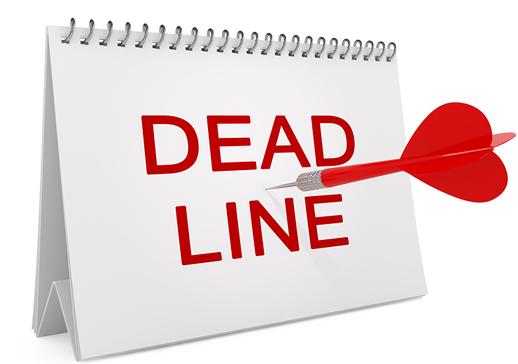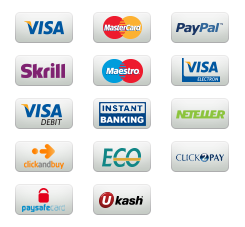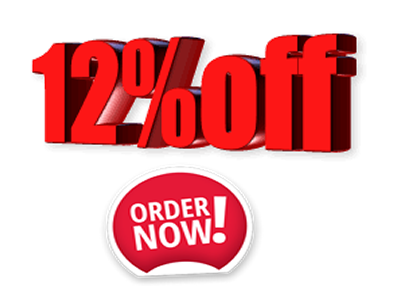Change Management
Discuss the need for change for the company in the scenario using either the systems contingency model or the organizational life cycle model.
B. Describe the differences between a learning organization and a traditional organization.
- Identify which stage of Woolner’s 5-stage model the company is currently in.
a. Explain why the company is currently in the identified stage of Woolner’s 5-stage model.
- Explain how the company from the scenario would use Senge’s 5 disciplines to become a learning organization.
C. Identify the end result and the nature of change to take the company from a traditional organization to a learning organization using Balogun and Hope-Hailey’s model.
Note: You may either identify both the end result and nature of change individually or identify the name of the quadrant in Balogun and Hope-Hailey’s model that aligns to the end result and nature of change.
- Explain why the end result and nature of change would be appropriate for the company in the scenario using Balogun and Hope-Hailey’s model.
D. Discuss how four steps of the action research model could be applied to the change process (traditional organization to learning organization) for the company in the scenario.
E. Recommend two innovation strategies that management could use to transition the company in the scenario from a traditional organization to a learning organization.
- Explain how one recommended innovation strategy would be used by management in the company’s change process.
Sample Answer
The distinctions between a learning organization and a traditional organization are fundamental, impacting their structure, culture, decision-making, and ability to adapt in dynamic environments.
Here’s a breakdown of the key differences:
Traditional Organization:
- Structure: Typically hierarchical, rigid, and bureaucratic with multiple layers of management and clear, fixed departmental boundaries (silos).
- Decision-Making: Centralized and top-down. Decisions are made by senior leadership and flow down the chain of command. Employees at lower levels have limited autonomy and input.

 Our orders are delivered strictly on time without delay
Our orders are delivered strictly on time without delay  Our orders are delivered strictly on time without delay
Our orders are delivered strictly on time without delay 


